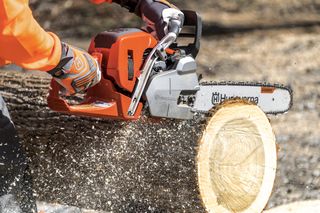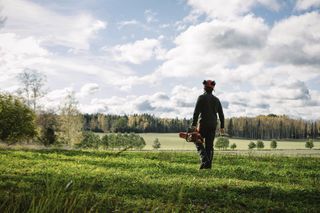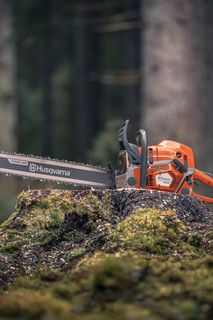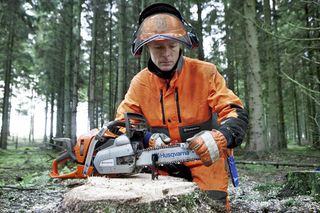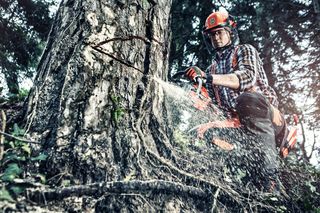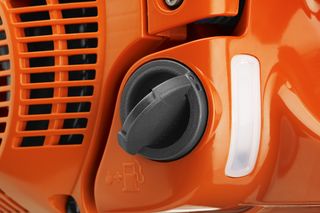How to pick the best chainsaw for your needs
The difference between a good chainsaw and the best chainsaw for your specific need can be significant. We know which factors matter when you decide which saw is your perfect fit.
Chainsaws used to be tools for farmers and loggers, but today homeowners use them for a huge amount of tasks – from cutting firewood to felling trees and creating fences. The amount of products to choose from has followed the same trend and deciding which chainsaw to buy can be a bit of a challenge. Therefore, we’ve put together a list that clears up some of the confusion. Ask yourself the following questions before you go to your dealer:
- How experienced am I in using a chainsaw?
- How often will I be using the chainsaw?
- What type of wood will I be sawing most often – hard or soft?
- What size of trees will I be felling most often?
- How important are the ergonomics of the chainsaw?
- Should the chainsaw be fitted with the extra safety feature TrioBrakeTM?
- How important are the service and maintenance features?
- Do I need an easy-to-access air filter and spark plug?
- How important is the ease of stretching and replacing the chain?
- Should the chainsaw be adapted for winter use, with heated handles?
Deciding on size
Another important issue is the size of the chainsaw. This is determined by piston displacement (cm3) and engine power (hp or kW) and the following factors matter when you choose dimensions:
- Proficiency and experience. Choose a smaller chainsaw that is easier to manoeuvre if you’re new to chainsaw work. If the chainsaw is too heavy, your arms and hands will tire, which in the long run represents a safety risk.
- Wood types and size of trees. Choose a larger chainsaw with more power if you want to fell larger trees, especially hardwood. If the model is too small, the chainsaw will be subjected to great strain and unnecessary wear.
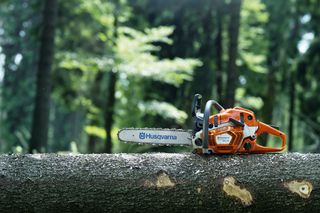
The length of the guide bar
The appropriate length of the guide bar is determined by tree size and to some extent by the level of your expertise. If you’re used to handling a chainsaw, you should have access to at least two different guide bar lengths, allowing you to vary the guide bar length with different tree sizes. A shorter guide bar weighs less and is easier to manoeuvre when doing limbing work. A longer guide bar is used for larger trees.
| FOUR TYPES OF CHAINSAWS |
|
